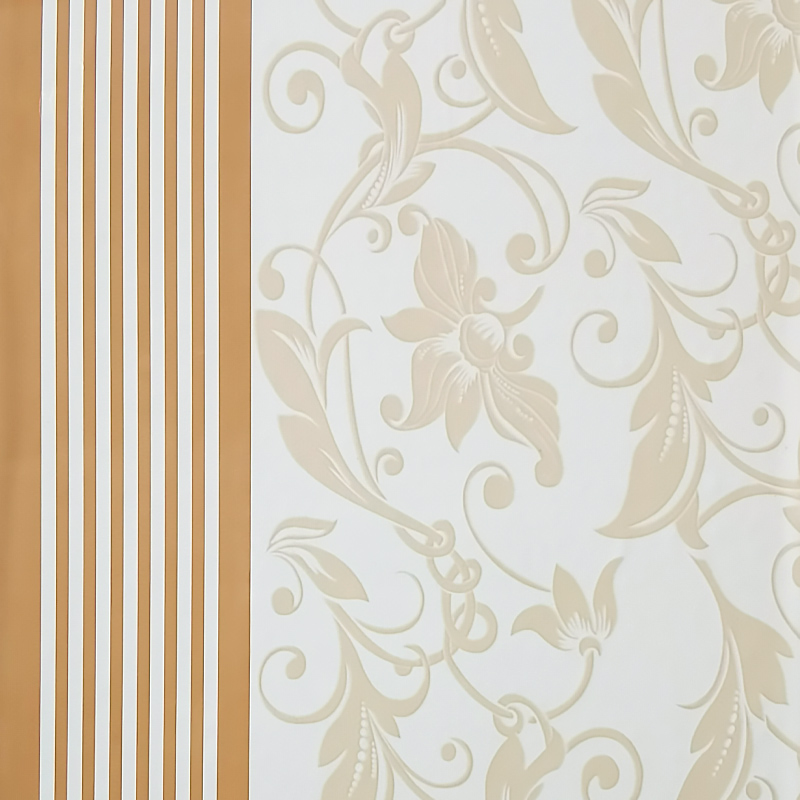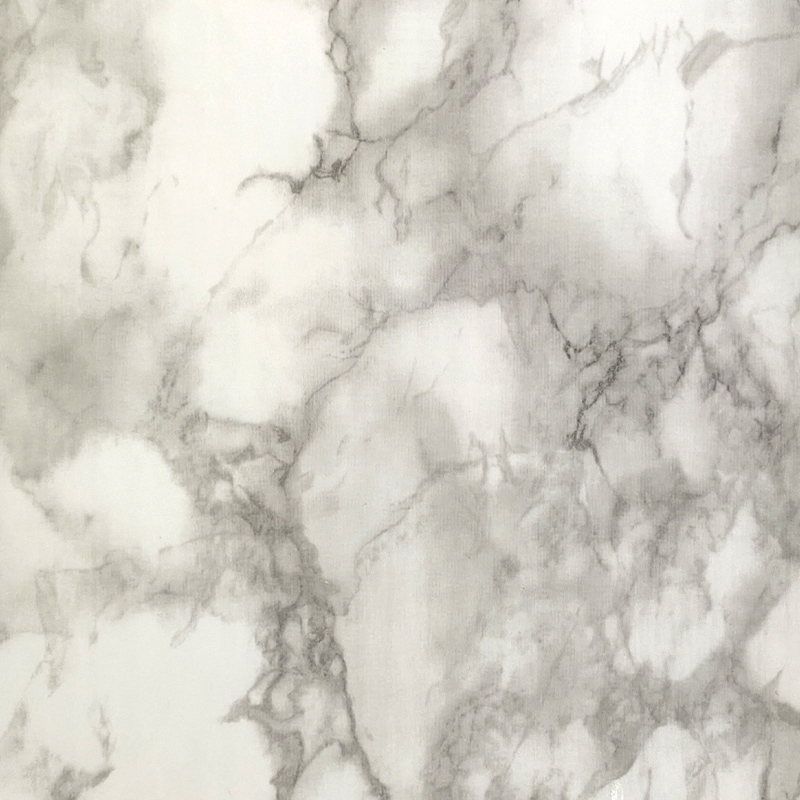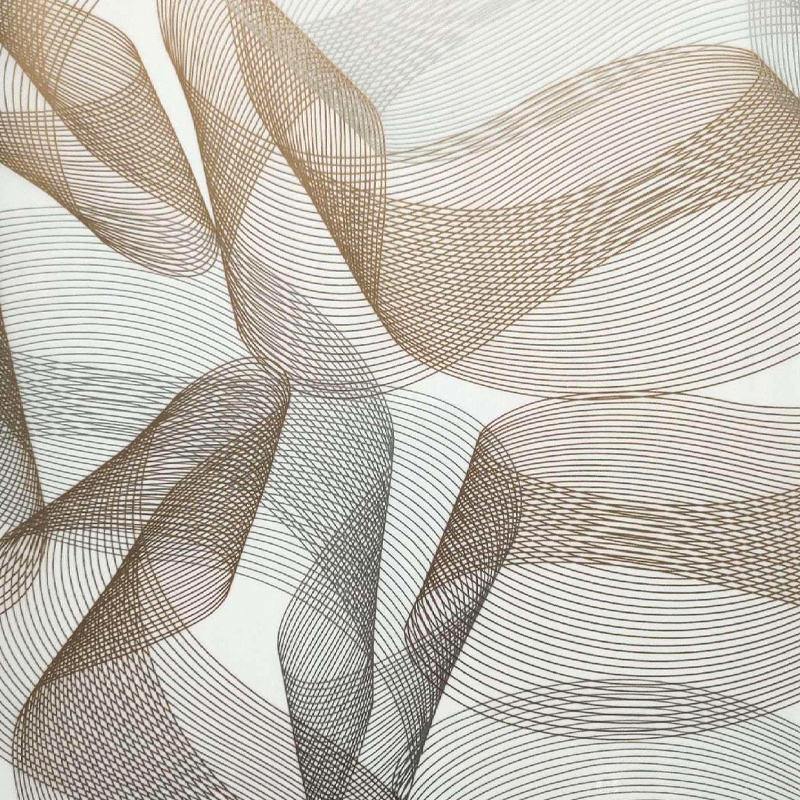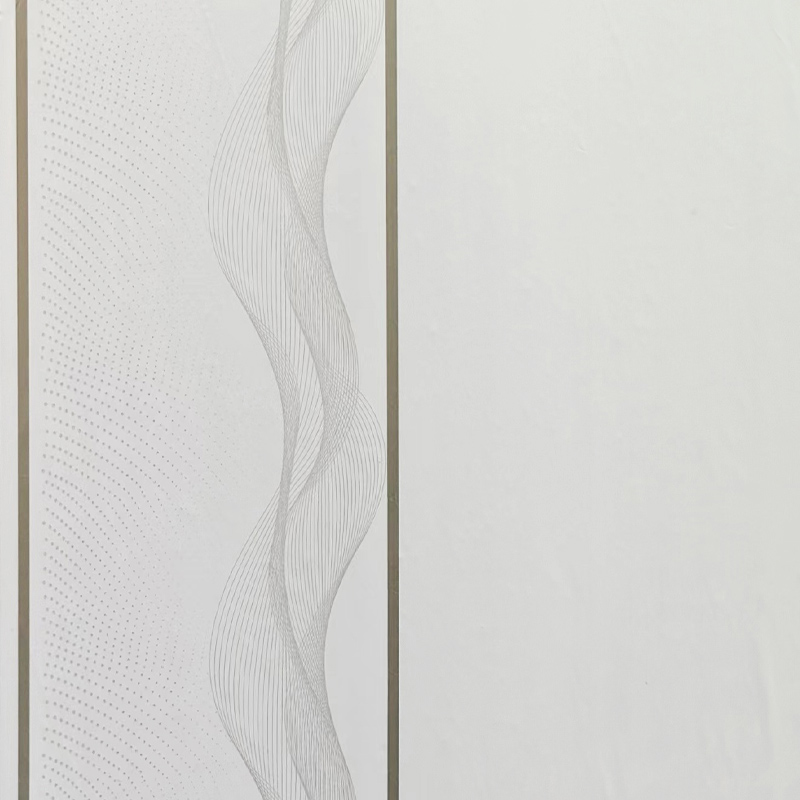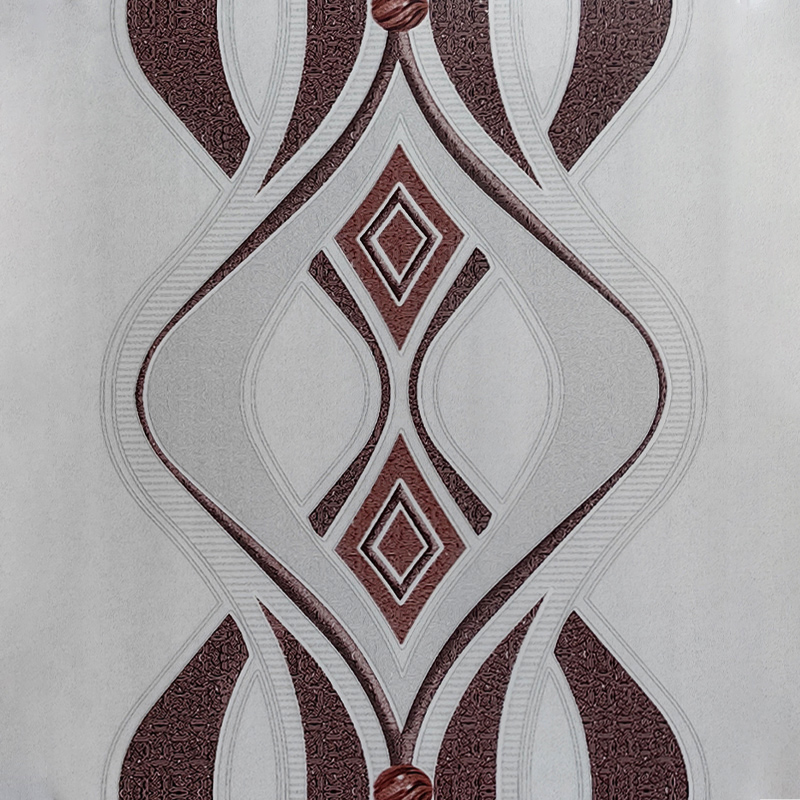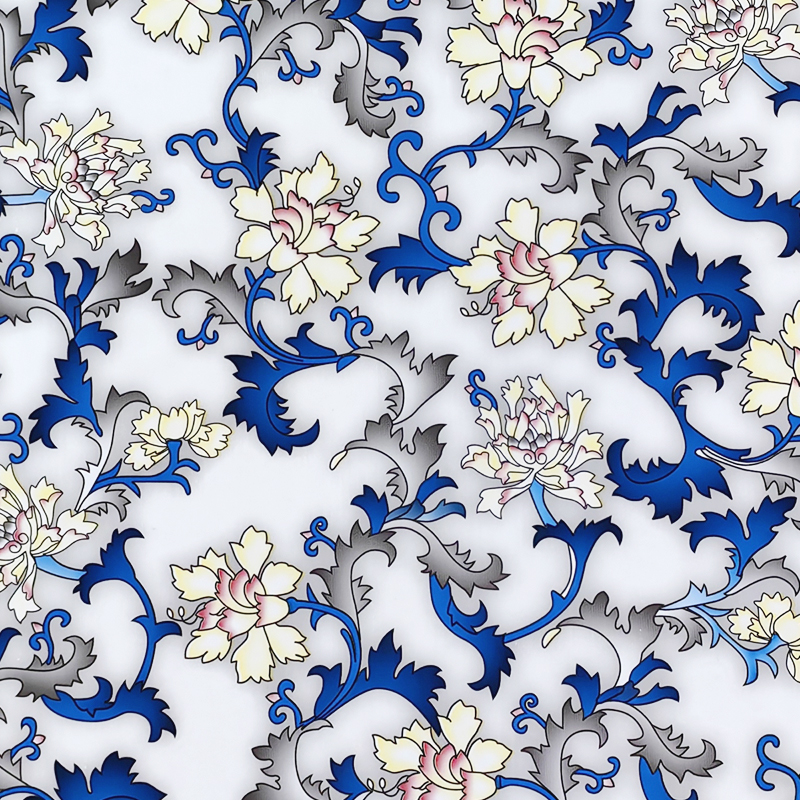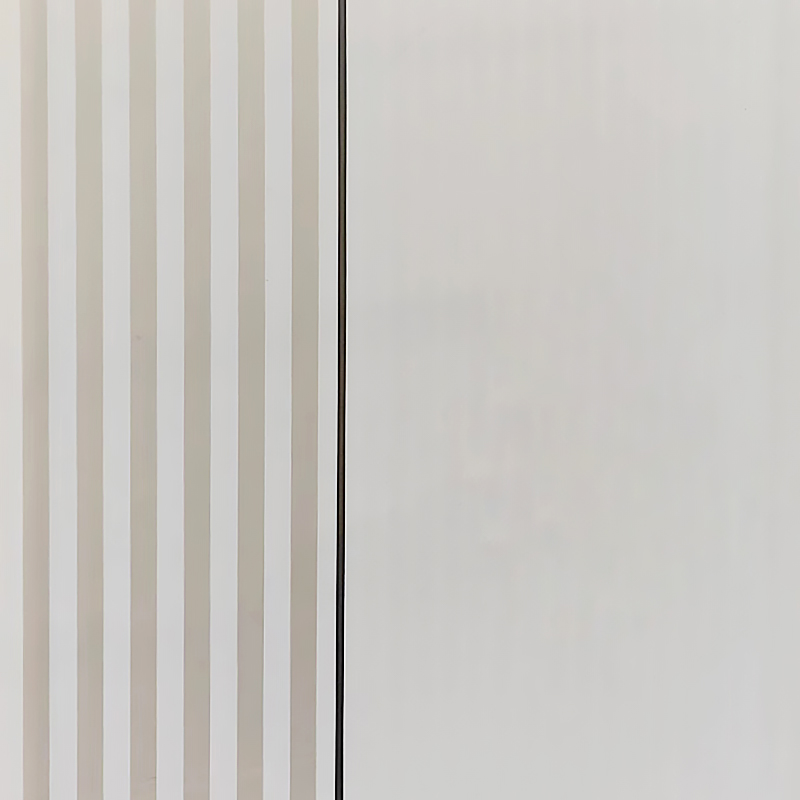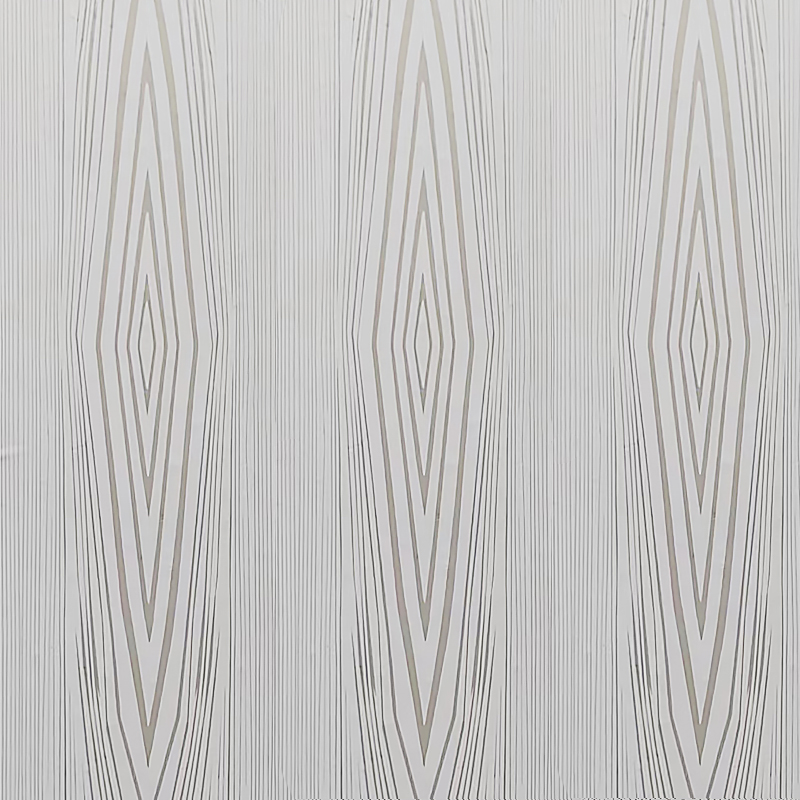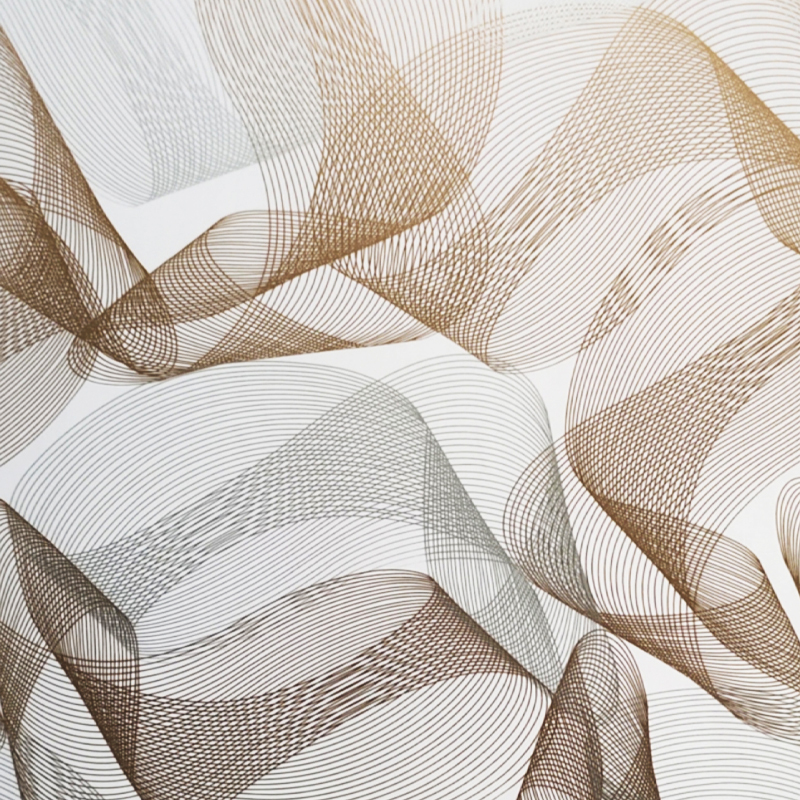How to balance the aesthetics of Hot Stamping Foils with their wear and scratch resistance during transportation?
In the application of Hot Stamping Foils, aesthetics and wear and scratch resistance during transportation are two key but sometimes contradictory requirements. To achieve a balance between the two, comprehensive optimization is required from multiple aspects such as material selection, structural design, surface treatment and production process.
1. Optimize the foil layer structure design
Hot stamping foils are usually composed of multiple layers: substrate layer, release layer, color/metal layer, adhesive layer and protective layer. By adjusting the thickness and material ratio of each layer, its mechanical strength can be enhanced without affecting the visual effect:
Appropriately thickening the protective layer or adhesive layer can improve the hardness and scratch resistance of the foil surface;
Under the premise of ensuring the metallic gloss, control the thickness of the metal evaporation layer to avoid being too thin to cause easy oxidation or too thick to cause brittle cracking;
Use a flexible adhesive system to make the foil layer not easy to fall off or peel off when slightly rubbed.
2. Introducing highly wear-resistant varnish or UV coating
Applying a layer of wear-resistant varnish or light-curing coating (such as UV coating) on the outermost side of the foil layer can significantly improve the surface hardness and smoothness:
This type of coating can maintain good optical transparency and gloss, and resist slight scratches and friction during transportation;
At the same time, it has a certain anti-static function, reducing the problem of adsorbed dust caused by friction, thereby maintaining the clarity and aesthetics of the pattern.
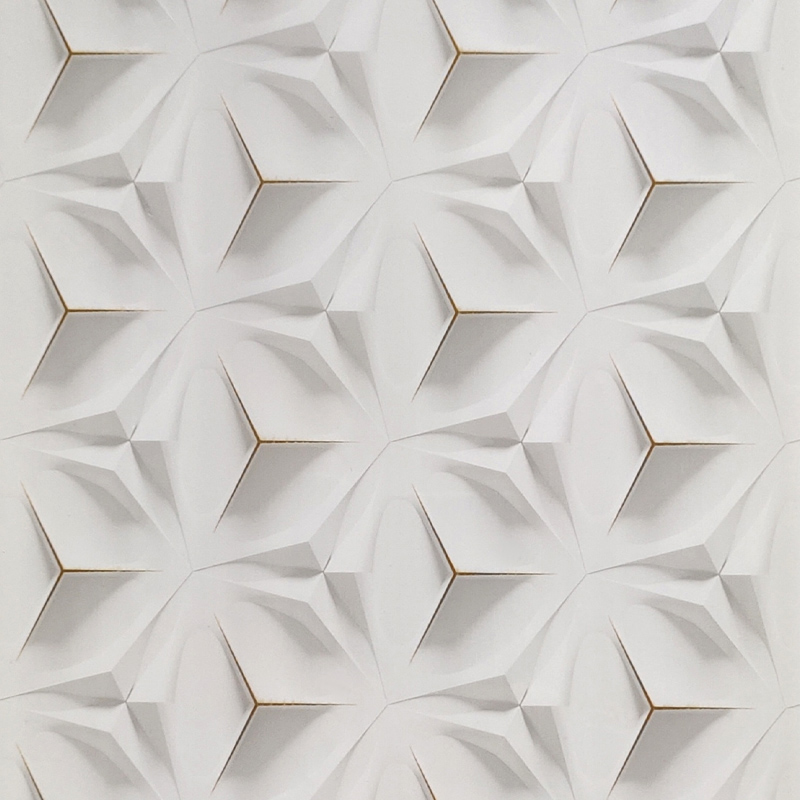
3. Using nanoparticle enhancement technology
Some high-end foils will add nano-scale inorganic fillers (such as silica, alumina, etc.) to the protective layer or adhesive layer:
Nanoparticles can be evenly distributed in the coating to form a dense structure and improve the scratch resistance of the surface;
Due to the extremely small particle size, it will not affect the visual effect, but may improve the gloss and flatness.
4. Adjust the surface friction coefficient
By adding lubricants or wax additives, the friction coefficient of the foil surface can be moderately reduced:
Reduce the friction between foils and between foils and equipment to prevent scratches during transportation;
At the same time, keep the surface delicate and do not produce obvious matte or fog effects to maintain the appearance quality.
5. Use composite foil structure
Develop "functional + decorative" integrated composite foil for specific application needs:
For example, combine the wear-resistant layer with the pearlescent layer and the laser layer to increase physical protection without sacrificing visual beauty;
Or use flexible metallization technology to make the metal layer more ductile and reduce cracking or shedding caused by bending during transportation.
6. Strengthen packaging and transportation protection
In addition to the improvement of the material itself, a reasonable packaging method is also crucial:
Use dust-proof film, isolation paper or multi-layer cushioning material to wrap the foil to prevent direct contact and collision;
Control the tension of the coil to avoid inter-layer friction due to looseness during transportation;
For large-area or high-value foils, it is recommended to use customized pallets or hard box packaging to further reduce the risk of damage.
7. Customize product formula according to purpose
Different application scenarios have different priorities for wear resistance and aesthetics, and differentiated designs should be made according to actual needs:
For example, for electronic product labels, wear resistance and fingerprint resistance should be considered;
For luxury goods packaging, gloss, color vividness and visual impact should be emphasized;
Product performance can be flexibly adjusted by adjusting the type of resin, cross-linking density, coating thickness, etc.
Balancing the aesthetics and wear resistance and scratch resistance of Hot Stamping Foils is not a simple trade-off, but a synergistic improvement achieved through scientific material engineering and structural optimization. Modern hot stamping foils are able to effectively cope with the physical challenges that may arise during transportation and use while ensuring visual appeal, providing customers with solutions that are both artistic and practical.


 English
English русский
русский Español
Español عربى
عربى bahasa Indonesia
bahasa Indonesia
